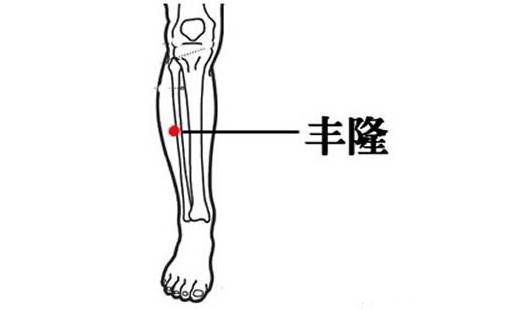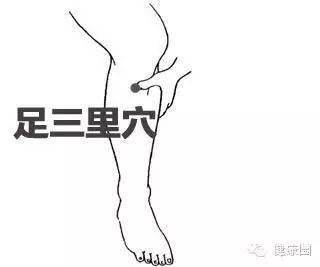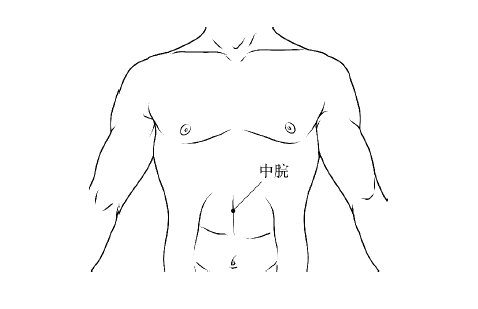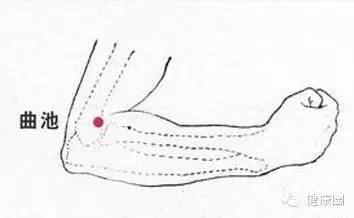Source: Health Circle (ID: amy6562)
Introduction
Many people who visit a Traditional Chinese Medicine (TCM) practitioner often hear the diagnosis: “You have dampness.” This is especially common among friends from southern regions. What should you do if you have dampness? Of course, you need to remove it! Let’s explore the ‘dampness-removing’ switches in our bodies.
How to Determine if You Have Dampness?
1. Observe Your Body Shape
In TCM, it is said that “thin people often have excess fire, while overweight individuals tend to have phlegm and dampness.” Those with a ‘false obesity’ body type often have water dampness, and in severe cases, may experience lower limb edema.
2. Observe Your Condition
Individuals with significant dampness often feel particularly fatigued, lack motivation to move, experience a heavy head, unclear thinking, heavy joints, and body aches. These symptoms indicate that dampness is obstructing the meridians. Additionally, these individuals may frequently feel chest tightness and need to take deep breaths to feel comfortable.

3. Observe Your Appetite
Individuals with heavy dampness often do not feel hungry at mealtime and have no desire to eat. Eating even a small amount can lead to a feeling of bloating, and they may experience a lingering sensation of fullness in the chest and abdomen, as if the food is pushing upwards. This is a typical manifestation of spleen deficiency with dampness.
4. Observe Your Bowel Movements
When dampness is heavy in the body, bowel movements are often loose and unformed. Even if the stool is somewhat formed, it tends to be soft and may stick to the toilet, making it difficult to flush. There is often a feeling of incomplete evacuation.

5. Observe Your Urination
Urination often presents as infrequent but with many urges, or it may be uncomfortable, with a burning or painful sensation. Some women may also experience increased vaginal discharge, all of which are signs of heavy dampness.
6. Observe Your Tongue
The most accurate way to determine the presence of dampness is by examining the tongue. Individuals with cold dampness often have a pale, swollen tongue with teeth marks on the sides and a white, greasy coating. In contrast, those with damp-heat conditions typically have a red tongue with a yellow, greasy coating.
7. Observe Your Ears and Hair
Oily earwax that flows easily from the ears indicates a significant damp-heat condition. Additionally, if hair becomes oily quickly, facial skin appears greasy or shiny, or if there is morning eyelid swelling with dark circles, these often suggest the presence of dampness in the body.
The Four Major Dampness-Removing Switches
TCM experts point out that massage is an excellent method for removing dampness. Regularly massaging the four major dampness-removing acupoints can yield significant results.
1. Fenglong (Stomach 40)
Location: This point is on the Stomach meridian, located 8 cun above the tip of the external ankle on the anterior lateral side of the lower leg, two fingerbreadths from the anterior border of the tibia.
Massage Method: Use your thumb or the interphalangeal joint of your index finger to press this point for 3 minutes, then rub the area in a clockwise direction for about 5 minutes.
Effect: Regulates the qi of the spleen and stomach, dispels dampness, and transforms phlegm.

2. Zusanli (Stomach 36)
Location: This point is a key health point on the Stomach meridian, located 3 cun below the outer knee eye, one fingerbreadth from the anterior border of the tibia.
Massage Method: Press or rub this point in a clockwise direction for 5-8 minutes with your thumb, achieving a sensation of soreness and distension for optimal results.
Effect: Zusanli not only regulates the spleen and stomach and dispels wind and dampness but also tonifies qi and strengthens the body’s resistance, enhancing immunity.

3. Zhongwan (Ren 12)
Location: This point is located in the upper abdomen, on the anterior midline, 4 cun above the navel.
Massage Method: Use the fingertip or the palm heel to apply pressure to this point, rubbing in a clockwise direction for 2-5 minutes.
Effect: It harmonizes the stomach, strengthens the spleen, and promotes water metabolism, suitable for those with damp stagnation, abdominal fullness, and belching.

4. Quchi (Large Intestine 11)
Location: This point is on the Large Intestine meridian, located at the lateral end of the elbow crease when the elbow is fully flexed.
Massage Method: Use the pad of your thumb to knead this point for 2-5 minutes, or you can use four fingers together to tap this point until the local skin turns slightly red.
Effect: It can drain damp-heat from the large intestine, suitable for symptoms like anal burning, loose yellow stools, and incomplete evacuation, and can also treat eczema and other skin conditions.

Recommended Reading
▶【Practical】Which Kitchen is This… I Was Shocked After Seeing It!
▶【Recommended Reading】The World is So Big, Why Not Let Him Have a Little Space?
This issue was edited by: Hu Hongjiang, Tian Feng

If you find this helpful, please like it↓↓↓

